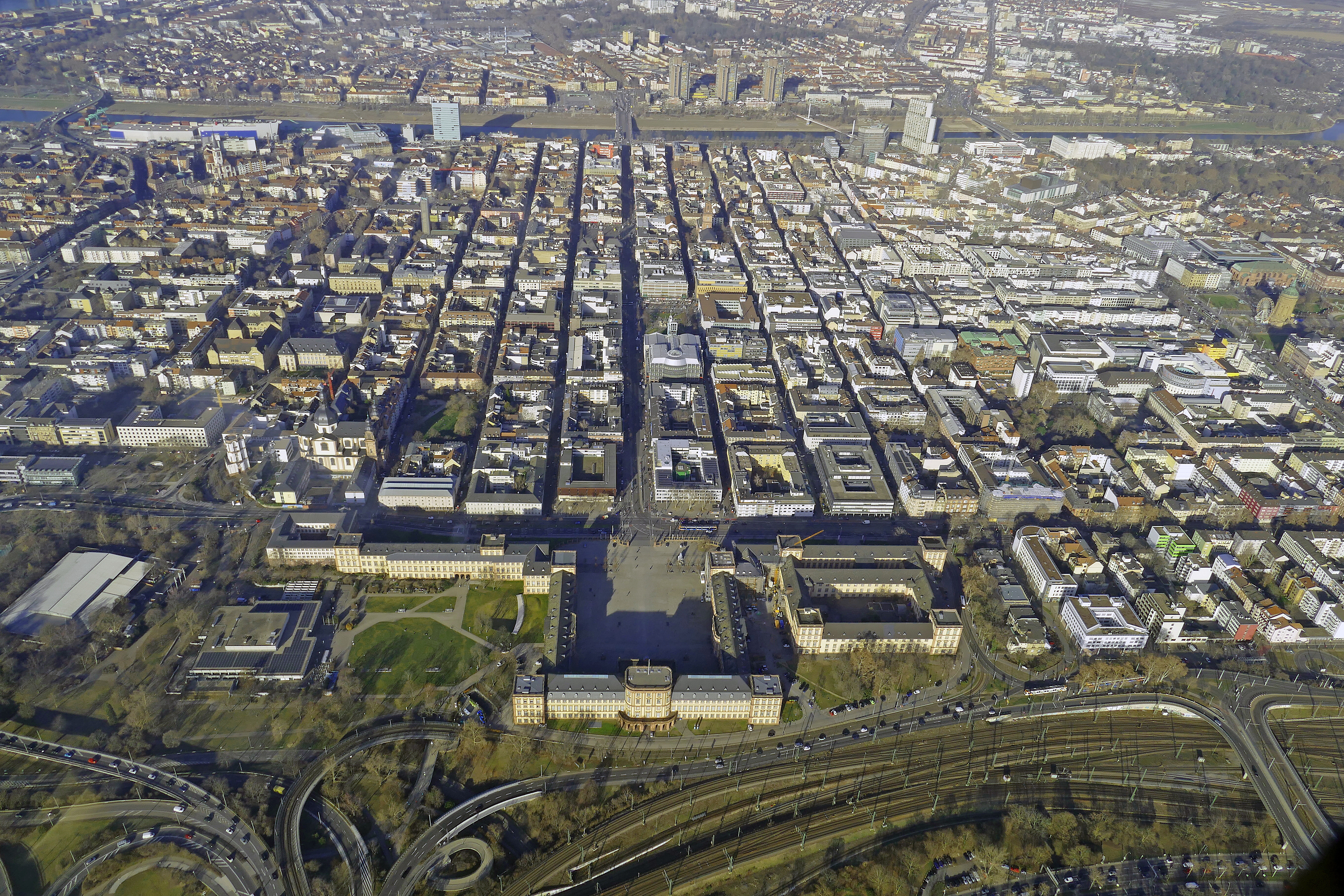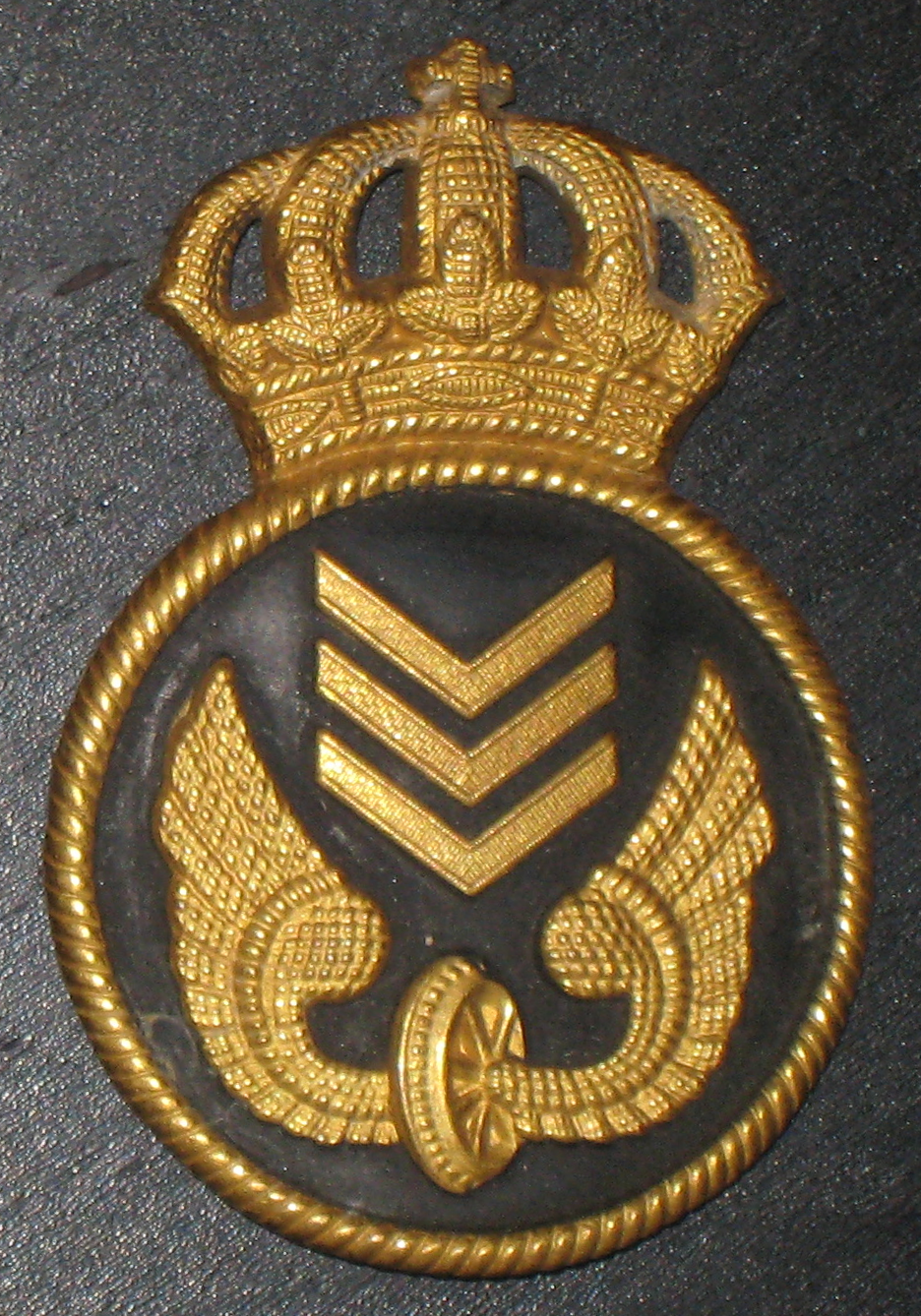|
NSB Di8
The NSB Di 8 is a class of diesel-electric locomotives built by Maschinenbau Kiel (MaK), while it was part of Siemens Schienenfahrzeugtechnik, for the Norwegian State Railways (NSB). The locomotives are equipped with a Caterpillar 3516 DI-TA prime mover, which provides a power output of and a starting tractive effort of . Twenty locomotives were delivered in 1996, largely based on MaK's previous production series, the Dutch NS Class 6400 and German DE 1002, although receiving some upgrades to the specifications. NSB took delivery of the class to replace the aging Di 3, and the units have been used on freight trains on un-electrified lines, including the Nordland Line and the Røros Line. They were transferred to CargoNet in 2002, when NSB's cargo division was demerged. Ten units were sold to GB Railfreight in 2011 and are used at the Scunthorpe Steel works in Scunthorpe, United Kingdom. History During the late 1980s, the Norwegian State Railways sought a new locomotive type t ... [...More Info...] [...Related Items...] OR: [Wikipedia] [Google] [Baidu] |
Henschel
Henschel & Son (german: Henschel und Sohn) was a German company, located in Kassel, best known during the 20th century as a maker of transportation equipment, including locomotives, trucks, buses and trolleybuses, and armoured fighting vehicles and weapons. Georg Christian Carl Henschel founded the factory in 1810 at Kassel. His son Carl Anton Henschel founded another factory in 1837. In 1848, the company began manufacturing locomotives. The factory became the largest locomotive manufacturer in Germany by the 20th century. Henschel built 10 articulated steam trucks, using Doble steam designs, for Deutsche Reichsbahn railways as delivery trucks. Several cars were built as well, one of which became Hermann Göring's staff car. In 1935 Henschel was able to upgrade its various steam locomotives to a high-speed Streamliner type with a maximum speeds of up to by the addition of a removable shell over the old steam locomotive. In 1918, Henschel began the production of gearboxes at t ... [...More Info...] [...Related Items...] OR: [Wikipedia] [Google] [Baidu] |
På Sporet
''På Sporet'' (lit. 'On the Track') is a quarterly magazine published by the Norwegian Railway Club. The magazine was started in 1969. It is dominated by news and feature articles about domestic trains and rail transport Rail transport (also known as train transport) is a means of transport that transfers passengers and goods on wheeled vehicles running on rails, which are incorporated in tracks. In contrast to road transport, where the vehicles run on a p ..., but also has a limited amount of international news and features. References External linksIndex of all issues 1969 establishments in Norway Magazines established in 1969 Norwegian-language magazines Rail transport magazines published in Norway Quarterly magazines published in Norway {{Norway-mag-stub ... [...More Info...] [...Related Items...] OR: [Wikipedia] [Google] [Baidu] |
National Union Of Norwegian Locomotivemen
The National Union of Norwegian Locomotivemen ( no, Norsk Lokomotivmannsforbund, NLF) is a trade union representing train drivers in Norway. History The union was founded on 22 October 1893 as the Norwegian National Locomotive Personnel Union, and joined the Norwegian Confederation of Trade Unions The Norwegian Confederation of Trade Unions ( no, Landsorganisasjonen i Norge, LO) is a national trade union center, decidedly the largest and probably the most influential umbrella organization of labour unions in Norway. The 21 national union ... in 1919. By 1963, the union had 2,049 members, and this has since declined to around 1,700. Presidents :1893: Karl Andersen :1901: Ludvig O. Bauer :1908: Emil Sandberg :1911: Thorvald Nordahl :1916: Jens Kraft Lund :1919: Sigurd Iversen :1924: Emil Sandberg :1925: Robert Lund :1931: Thorleif Narvestad :1950: Mathias Heggestad :1961: Oluf Andreas Anfinsen :1975: Gunnar Tønder :1989: Oddvar Skaar :1991: Øystein Aslaksen :2011: Rolf Ringda ... [...More Info...] [...Related Items...] OR: [Wikipedia] [Google] [Baidu] |
Meråker Line
The Meråker Line ( no, Meråkerbanen) is a railway line which runs through the district and valley of Stjørdalen in Trøndelag county, Norway. The line branches off from the Nordland Line at Hell Station and runs eastwards to the Norway–Sweden border, with Storlien Station acting as the border station. From there, the line continues as the Central Line. Traditionally, the Meråker Line was regarded as the whole line from Trondheim Central Station to the border, a distance of . There are two daily passenger train services operated by the Norwegian State Railways and a limited number of freight trains hauling lumber and wood chippings. Proposals for a railway were first made in 1870. Routes via Verdal and Røros were soon discarded and the Meråker Line was approved on 5 June 1873. The first revenue services ran in 1879 and the line was officially opened on 22 July 1882. The line gave a boom to the local economy, allowing for same-day transport of produce to Trondheim. The lin ... [...More Info...] [...Related Items...] OR: [Wikipedia] [Google] [Baidu] |
Eastern Norway
Eastern Norway ( nb, Østlandet, nn, Austlandet) is the geographical region of the south-eastern part of Norway. It consists of the counties Vestfold og Telemark, Viken, Oslo and Innlandet. Eastern Norway is by far the most populous region of Norway. It contains the country's capital, Oslo, which is Norway's most populous city. In Norwegian, the region is called ''Østlandet'' and ''Austlandet'' ("The east land") in contrast to Vestlandet ("The west land"). Geography As of 2015, the region had 2,593,085 inhabitants, 50.4% of Norway's population. The region is bounded by mountains in the north and west, the Swedish border to the east and by Viken and Skagerrak to the south. The border towards Sørlandet is less obvious. The mountains reach a height of 2469 metres in the Jotunheimen mountain range, the highest point in the Nordic countries (excluding Greenland). Other prominent mountain ranges include part of the Dovrefjell in the far north of the region, the Rondane north ... [...More Info...] [...Related Items...] OR: [Wikipedia] [Google] [Baidu] |
Eurotunnel Class 0001
The Eurotunnel Class 0001 Bo-Bo diesel-electric locomotives were built by Maschinenbau Kiel (manufacturers designation DE 1004) between 1991 and 1992. They are very similar to the NS 6400 Class. When operating in the United Kingdom, the locomotives are assigned a TOPS classification as Class 21. History and design Five locomotives were built, numbered 0001–0005. They carry a yellow and grey livery and are used by Getlink for rescuing trains in the Channel Tunnel, and for propelling service trains in the channel tunnel. They are cleared to travel to Calais, Ashford, or St. Pancras; since 2007 they have been authorised to rescue trains on High Speed 1 in the event of a power failure. They have also been used to haul the SNCF TGV Iris 320 test train through the Channel Tunnel. In 2007 the locomotives were fitted with diesel particulate filters for the exhaust gases, which replaced the exhaust scrubber wagons that were previously coupled to the engines. Following a series of tu ... [...More Info...] [...Related Items...] OR: [Wikipedia] [Google] [Baidu] |
Mannheim
Mannheim (; Palatine German: or ), officially the University City of Mannheim (german: Universitätsstadt Mannheim), is the second-largest city in the German state of Baden-Württemberg after the state capital of Stuttgart, and Germany's 21st-largest city, with a 2020 population of 309,119 inhabitants. The city is the cultural and economic centre of the Rhine-Neckar Metropolitan Region, Germany's seventh-largest metropolitan region with nearly 2.4 million inhabitants and over 900,000 employees. Mannheim is located at the confluence of the Rhine and the Neckar in the Kurpfalz (Electoral Palatinate) region of northwestern Baden-Württemberg. The city lies in the Upper Rhine Plain, Germany's warmest region. Together with Hamburg, Mannheim is the only city bordering two other federal states. It forms a continuous conurbation of around 480,000 inhabitants with Ludwigshafen am Rhein in the neighbouring state of Rhineland-Palatinate, on the other side of the Rhine. Some northe ... [...More Info...] [...Related Items...] OR: [Wikipedia] [Google] [Baidu] |
Brown, Boveri & Cie
Brown, Boveri & Cie. (Brown, Boveri & Company; BBC) was a Swiss group of electrical engineering companies. It was founded in Zürich, in 1891 by Charles Eugene Lancelot Brown and Walter Boveri who worked at the Maschinenfabrik Oerlikon. In 1970 BBC took over the Maschinenfabrik Oerlikon. In 1988 it merged with ASEA to form ABB. Early History of BBC Brown Boveri BBC Brown Boveri was established in 1891. The company was one of only a few multinational corporations to operate subsidiaries that were larger than the parent company. Because of the limitations of the Swiss domestic market, Brown Boveri established subsidiaries throughout Europe relatively early in its history, and at times had difficulty maintaining managerial control over some of its larger operating units. The merger with ASEA, a company which was praised for its strong management, was expected to help Brown Boveri reorganize and reassert control over its vast international network. Activity in Britain Brown Bove ... [...More Info...] [...Related Items...] OR: [Wikipedia] [Google] [Baidu] |
Nederlandse Spoorwegen
Nederlandse Spoorwegen (NS; ; en, "Dutch Railways") is the principal passenger railway operator in the Netherlands. It is a Dutch state-owned company founded in 1938. The Dutch rail network is one of the busiest in the European Union, and the third busiest in the world after Switzerland and Japan. The rail infrastructure is maintained by network manager ProRail, which was split off from NS in 2003. Freight services, formerly operated by NS Cargo, merged with DB Schenker in 2000. NS runs 4,800 scheduled domestic trains a day, serving 1.1 million passengers. The NS also provides international rail services from the Netherlands to other European destinations and carries out concessions on some foreign rail markets through its subsidiary Abellio. History Early years World War I caused an economic downturn in the Netherlands that caused the two largest Dutch railway companies, Hollandsche IJzeren Spoorweg-Maatschappij (HSM) and Maatschappij tot Exploitatie van Staatsspo ... [...More Info...] [...Related Items...] OR: [Wikipedia] [Google] [Baidu] |
Swedish State Railways
The Swedish State Railways ( sv, Statens Järnvägar) or SJ, originally the Royal Railway Board ( sv, Kungl. Järnvägsstyrelsen), was the former government agency responsible for operating the state-owned railways in Sweden. It was created in 1887 as an agency belonging to the Ministry for Civil Service Affairs, with the task of managing all state-owned railway lines in Sweden, and was transferred to the Ministry of Communications in 1920. In 1988, the rail tracks themselves were transferred to the Swedish Rail Administration ( sv, Banverket), and in the upcoming years parts of SJ were gradually transformed into limited companies as a result of the open access obligation introduced by EU Directive 91/440. SJ was disbanded in 2001, with the assets transferred to seven separate companies, the first three owned by the Swedish government and the latter four being privatized: * SJ AB, usually called SJ, the passenger train operator *Green Cargo, which operates freight trains *Jern ... [...More Info...] [...Related Items...] OR: [Wikipedia] [Google] [Baidu] |



.png)

